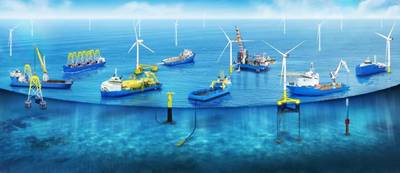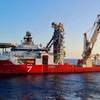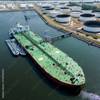MOL, Toyo Eye Offshore Wind Vessel Collab
Japan-based shipping in giant Mitsui O.S.K. Lines, Ltd. (MOL) and its compatriot Toyo Construction have signed a Memorandum of Understanding (MoU) on evaluating potential collaboration in the offshore wind space.
The companies aim to open up new business opportunities for work vessels that will be required for offshore wind power projects, based on the demand for vessels related to offshore wind power business in Japan and overseas.
"The companies will meet the demand for various types of work vessels in offshore wind power projects in Japan and overseas by combining MOL’s abundant track record in construction, ownership, and operation of vessels with Toyo Construction’s abundant knowledge of marine engineering and technological development in offshore wind power, and broadly contribute to value chains in the offshore wind power business,
which is positioned as a key renewable energy source in the future," MOL said in a statement.
There's not enough vessels
Offshore wind turbine makers have been working to build increasingly bigger turbines, and the likes of GE, Siemens Gamesa, Vestas, and MingYang have in the past two years or so unveiled designs for giant 14-16MW rated units.
It has been said that larger turbines, while more expensive per unit, reduce the overall cost of large-scale offshore wind farm development due to their being more modern and efficient, as well as leading to fewer units being required for offshore wind projects, thus reducing the number of foundations, cables, and trips for offshore installation vessels.
However, with the increasing number of countries looking to build offshore wind farms to meet their net-zero targets, a potential problem might be around the corner, as overall, there doesn't seem to be enough vessels to meet the growing demand for the installation of these giant offshore wind turbines. According to Rystad Energy, the demand will outpace the supply of capable vessels very soon, by 2024. Read the full story here.














